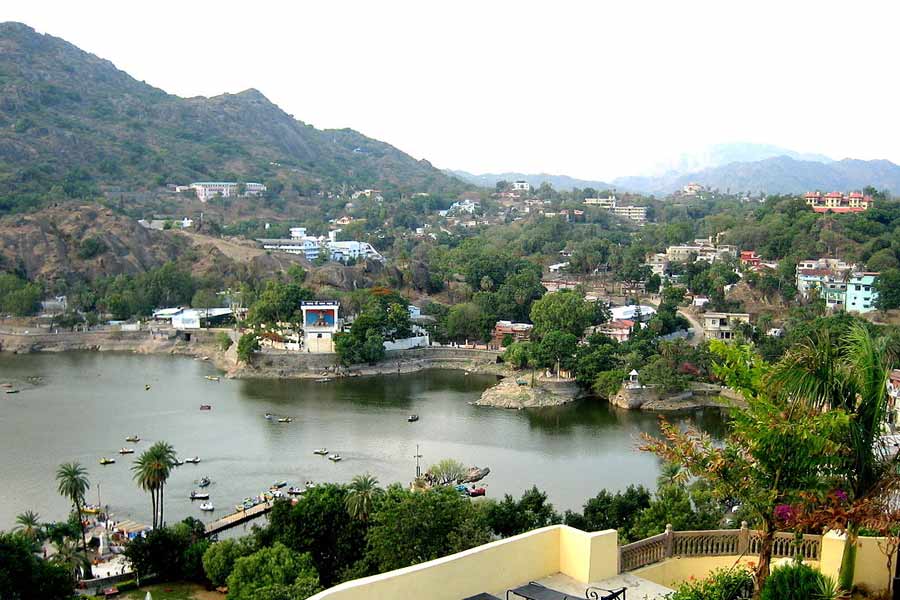New Delhi, July 24: The Supreme Court today banned tourism in core areas of India’s tiger reserves in a ruling that wildlife tour operators claim will deny people opportunities to watch tigers in the wild, hurt local economies, and increase poaching.
The court, responding to a public interest litigation by a Bhopal-based non-government environmental organisation, acknowledged concerns expressed by the National Tiger Conservation Authority that tourism may be pushing tigers towards extinction.
“Why should tourism be allowed in core areas [of tiger reserves]? Tigers are practically on the verge of extinction whatever be the statistics,” the two-judge bench of Justice Swatanter Kumar and Justice F.M.I. Kalifulla observed.
This is an interim order until the court rules on the guidelines submitted by the Authority which has claimed that the world over the trend was towards banning all tourism related activities in the core areas, defined as areas necessary for tiger conservation without affecting the rights of forest-dwellers.
“Tourism causes disturbance in an inviolate area. Therefore, like all biotic disturbance, the core areas have to be free from tourism. Keeping this in mind, guidelines have been issued by Project Tiger to phase out tourism from core areas to buffer areas in tiger reserves,” the Authority said in a note to the court.
The court order has evoked sharp responses from sections of wildlife tour operators and conservation enthusiasts who have warned that banning tourism will over time hurt tigers rather than protect them. Tour operators also say tens of thousands of members of local communities around tiger zones today depend on tourism for their livelihoods.
“Tourism is the only industry that can co-exist with conservation,” said Goverdhan Rathore, the owner of a lodge in Ranthambore in Rajasthan. “Nearly 25,000 people around Ranthambore depend on tourism alone — there’ll be large-scale destitution in this area.”
Conservationists estimate that up to 1,50,000 tourists visit the Ranthambore park each year, contributing to its business revenue of Rs 60 crore. “The entire livelihood of local people depends on tourism,” said Dharmendra Kandal, a conservationist at Ranthambore.
Tour operators around the Jim Corbett Park in Uttarakhand estimate that nearly half of around 90 hotels outside the park would shut down and hundreds of safari operators and nature guides would lose jobs.
“It is a sad day for wildlife lovers, but a good day for poachers,” said Belinda Wright, the executive director of the Wildlife Protection Society of India. “By banning tourism in core areas, you're banning the most important tool for monitoring the parks.”
“Tourism brings eyes and ears on the ground — it’s crucial for accountability,” said Julian Matthews, chairperson of the Travel Operators for Tigers, a not-for-profit wildlife association that has been campaigning for sustainable nature tourism.
India’s tiger census figures released by the Union environment ministry last year estimate 1,706 tigers scattered across 39 tiger reserves across the country. Wildlife scientists believe tigers are well-protected within the core areas.
In almost every tiger reserve, tourism is currently allowed in a small segment of the core area. “This judgement puts an end to any commercial activity, including tourism, even in those areas,” said Nitin Desai with the Wildlife Protection Society of India.
Wildlife biologists have cautiously welcomed the court’s order claiming there are problems with the model of wildlife tourism that has evolved in India in recent years, but even they are uncomfortable about a complete ban on even viewing tigers in parts of core areas.
“We need people to be watching our tigers in their natural habitats, but it should not be only the rich,” said Ulhas Karanth, a Bangalore-based tiger expert with the Wildlife Conservation Society, India Programme.
While the court order seems to suggest that tourism could continue in buffer zones around the core areas, both tour operators and conservation scientists point out that buffer zones have virtually no wildlife. “Buffer zones often comprise private land, much of it farmland, and the only animals to be seen there are cattle, dogs, and cats,” said one lodge operator near the Bandhavgarh reserve in Madhya Pradesh.
“Some 30,000 members of the local community are likely to lose their jobs around Kanha and Bandhavgarh,” said Amit Sankhla, a tour operator of lodges at the two tiger reserves.
Tour operators predict that unemployment will push locals into poaching.
But the Authority says there is no correlation between tiger abundance and tourism. “It is a myth that tourism ensures tiger protection — on the contrary, areas like Sariska and Panna have lost their tigers despite tourist visitation,” it said in its report to the court.
Citing simulation studies done by the Authority and the Wildlife Institute of India, Dehra Dun, the note claimed that a viable population of 20 breeding tigresses requires an inviolate area of around 800 to 1,200 square km.
“Further an ecologically sensitive zone (buffer zone, co-existence area, multiple area) of around 1,000 to 3,000 sq km is also required around the inviolate core area for sustaining dispersing tigers, surplus prime tigers and old displaced tigers,” it said.
There are 13 tiger range countries, including India. Of them India has the maximum number of tigers in the world. “However, the concept of core zone, buffer zone is not new,” it said, plugging the concept of an “exclusive” tiger agenda for the core, and “inclusive” people-friendly agenda for the buffer areas.
That would require state governments to first identify the core area and the buffer areas (a 10km stretch around the core area) under them. As the first step towards eco-tourism, the top court today said all states must notify these areas.
The court rapped the states of Jharkhand, Rajasthan, Uttar Pradesh, Arunachal, Maharashtra, Andhra Pradesh and Tamil Nadu for not filing affidavits of compliance with an earlier court order of April 12, 2012, asking states to notify these areas.
The bench slapped costs of Rs 10,000 each on these states except Jharkhand and Arunachal Pradesh for failing to do so by July 10, 2012, and gave them a last opportunity to file affidavits of compliance within three weeks.
If these affidavits were not filed, they would incur contempt of court and also be slapped with costs of Rs 50,000 to be paid by the secretary concerned, the bench warned.
The Authority guidelines also propose among other things to not allow any new tourist facilities on forest land. It also suggests that permanent facilities located inside of the core tiger wildlife habitat should be phased out within five years. It also suggests eco-friendly waste-disposal in these reserves and suggests that all facilities within five km of the core area must adhere to noise pollution norms.











